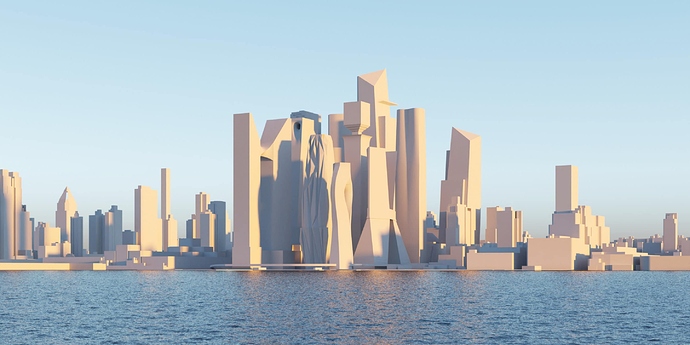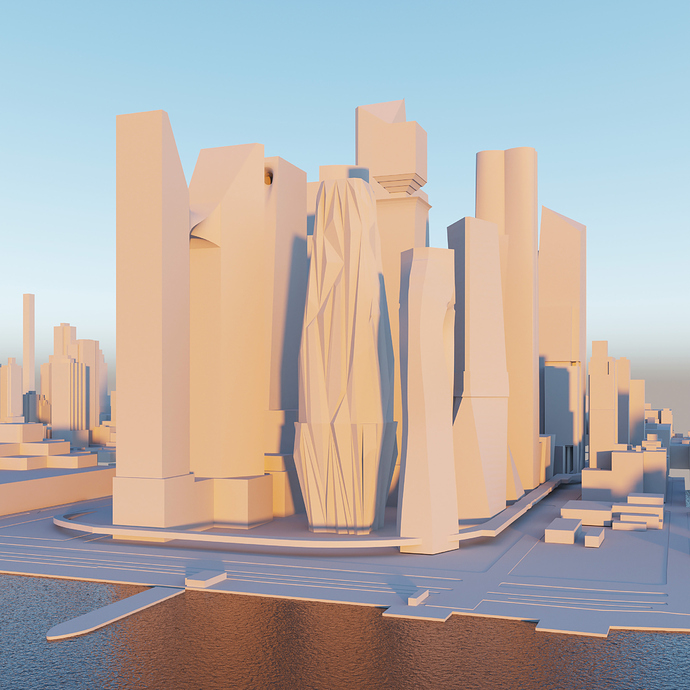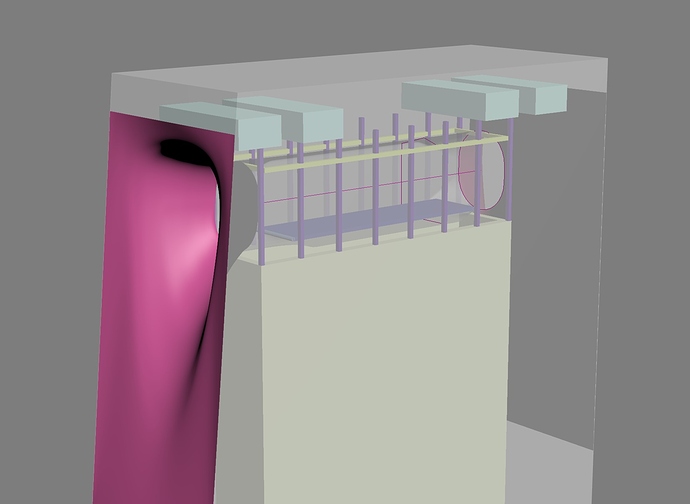Originally published at: https://www.ronenbekerman.com/?p=128246
I’m glad to participate in this competition and find the topic to be exciting and challenging.
New York City is known to have amassed one of the most monumental and diverse collection of skyscrapers in the world.
In my work I want to reflect changes in architecture which may occur in the nearest 20 years. I make an assumption that completing of Hudson West will be postponed due to current crisis in the world, so I put accent on technological progress which could happen during this time, and introduce more daring and unique solutions in architecture of new buildings. I decided to reject initial conservative view on future buildings taking into account such amazing buildings under construction as 53W53, 111W57, One57, 9 DeKalb Avenue, Tower Fifth, The Spiral, 2 World Trade Center and those ones which are already built in Hudson Yards. Moreover, keeping in mind the saying of Hudson Yards’ developer Stephen Ross to Fox5NY that Western Yard are “all with a different architect” I made a decision to showcase even more innovative design, which will become accustomed and form new skyline of the city by 2040.
My task here is to show influence of the most appealing, in my opinion, trends of architecture of tomorrow. I highlighted three of such trends: passenger drones as an evolutionary development of the public transportation system; sky bridges as the way to build public spaces as well as the amenities for residential buildings; kinetic structures or their elements as the possibility to accommodate buildings to certain conditions and future demands.
I consider The Related Companies L.P. to be as competent as nobody else to calculate demand for office and living spaces for the city. I am going to follow numbers of 4 mil GSF of residential and 2 mil GSF of office spaces as well as one school provided in press release.
Please continue reading in the comment section…



